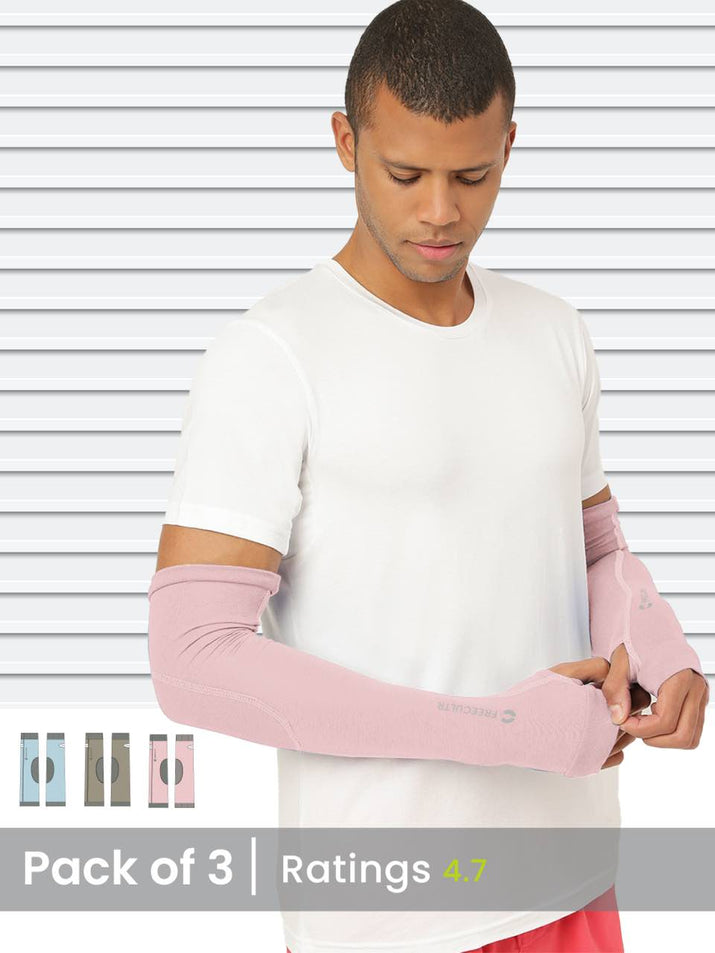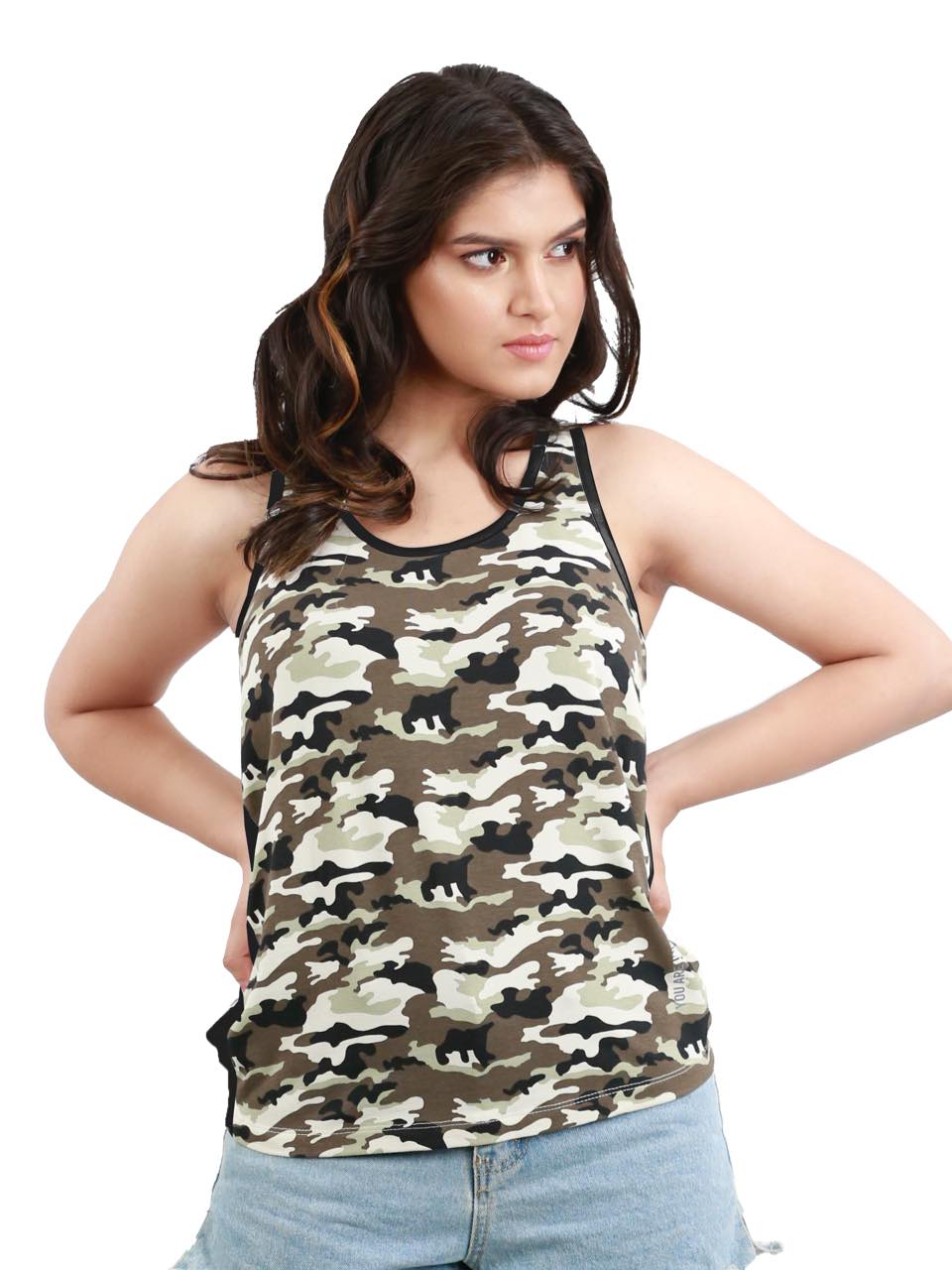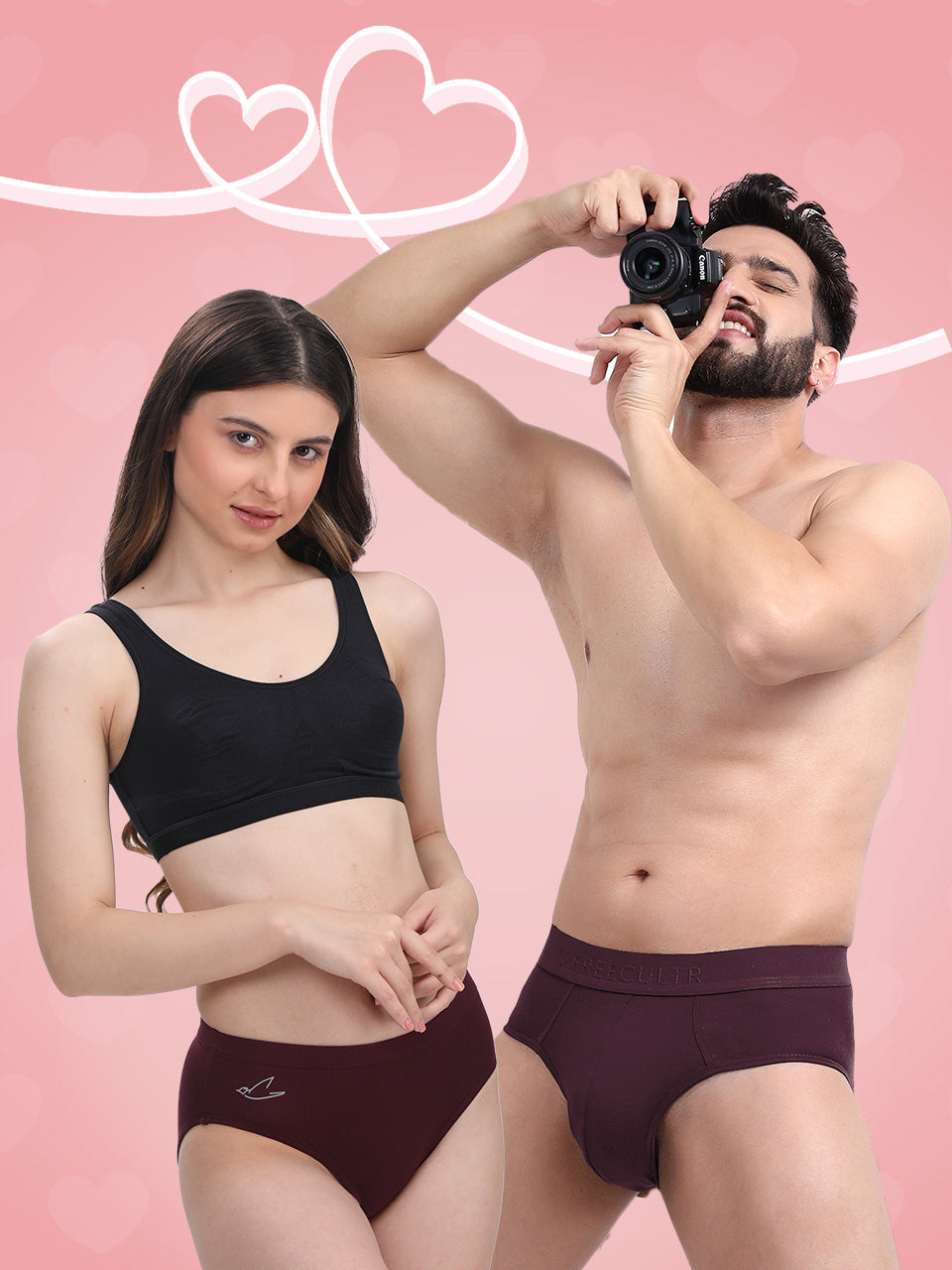Optimizing human performance and recovery in diverse environments increasingly relies on advanced apparel, moving beyond mere fabric to engineered solutions. Modern arm sleeves exemplify this shift, offering targeted muscle support through graduated compression that actively reduces vibration fatigue during high-intensity activities like cycling or marathon running. Simultaneously, these sophisticated sleeves excel at temperature regulation, utilizing cutting-edge moisture-wicking and thermal-regulating fibers to keep athletes cool in sweltering conditions or warm in crisp air, a vital feature for outdoor enthusiasts and industrial workers alike. Recent advancements in seamless knitting and smart textile integration elevate these performance enhancers, making them indispensable tools for anyone seeking a competitive edge or enhanced comfort and protection, reflecting a growing trend in biomechanically optimized gear.

Understanding Arm Sleeves: More Than Just Fabric
Arm sleeves, often perceived simply as an athletic accessory, are in fact sophisticated garments engineered with specific functional benefits. Far from being just a fashion statement, these specialized apparel items are designed to offer a range of advantages, from enhancing athletic performance and aiding recovery to providing practical everyday protection. At their core, arm sleeves are typically form-fitting tubes of fabric that extend from the wrist to the bicep, or sometimes even up to the shoulder. Their design and material composition are crucial to their effectiveness, moving beyond basic aesthetics to deliver tangible physiological support and environmental regulation. The widespread adoption of these sleeves across various disciplines underscores their versatility and proven utility, making them a staple for athletes and non-athletes alike seeking enhanced comfort and performance.
The Science Behind Muscle Support
One of the primary benefits attributed to arm sleeves, particularly those designed for compression, is their ability to provide targeted muscle support. This isn't merely a feeling of snugness; it's rooted in physiological principles. Compression arm sleeves apply graduated pressure to the arm, meaning the pressure is typically tighter at the wrist and gradually decreases towards the bicep. This gradient helps to facilitate blood flow, a critical factor in both performance and recovery.
- Enhanced Blood Circulation By gently compressing the superficial veins, arm sleeves can help to push deoxygenated blood back towards the heart more efficiently. This improved venous return means that fresh, oxygenated blood can reach the muscles more quickly, which is vital during strenuous activity. Better circulation can lead to reduced muscle fatigue and potentially improved endurance.
- Reduced Muscle Oscillation During activities like running, weightlifting, or throwing, muscles undergo constant vibration and oscillation. These micro-traumas can contribute to muscle soreness and fatigue. Compression sleeves work by stabilizing the muscle tissue, effectively dampening these vibrations. This reduction in muscle oscillation can lead to less muscle damage, quicker recovery times. A decrease in post-exercise soreness, often referred to as Delayed Onset Muscle Soreness (DOMS).
- Proprioception and Stability The constant pressure from the sleeves provides increased proprioceptive feedback to the brain. Proprioception is our body's sense of its own position and movement. Enhanced proprioception can lead to improved coordination, balance. A greater awareness of limb position, which can be beneficial in sports requiring precise movements. The stabilizing effect of the sleeves can also contribute to a feeling of greater stability and confidence in movement.
For instance, a marathon runner might find that wearing compression sleeves helps them maintain arm swing efficiency throughout a long race, reducing the cumulative impact on their arm muscles. Similarly, a basketball player might wear sleeves to minimize muscle vibration during quick bursts of movement and jumping, aiding in faster recovery between games.
Temperature Regulation: Keeping Your Cool (or Warm)
Beyond muscle support, arm sleeves are highly effective tools for temperature regulation, adapting to various environmental conditions to keep the wearer comfortable. This dual functionality is achieved through advanced fabric technologies and intelligent design.
- Moisture-Wicking Properties In warm conditions, the primary concern is sweat management. High-quality arm sleeves are typically made from synthetic fabrics like polyester, nylon, or blends that possess excellent moisture-wicking capabilities. These fabrics are engineered to draw perspiration away from the skin's surface and transport it to the outer layer of the fabric, where it can evaporate quickly. This evaporative cooling effect helps to regulate body temperature, preventing overheating and keeping the skin dry and comfortable. This is a significant advantage over bare skin, where sweat can accumulate and cause discomfort or chafing.
- UV Protection Exposure to harmful ultraviolet (UV) radiation is a serious concern, especially for those spending extended periods outdoors. Many arm sleeves are designed with a high Ultraviolet Protection Factor (UPF) rating, often equivalent to SPF 50+. This means they block a significant percentage of UV rays, providing a physical barrier against sunburn and long-term skin damage. For cyclists, hikers, or construction workers, these sleeves offer a crucial layer of sun protection without the need for constant reapplication of sunscreen.
- Insulation in Cooler Climates While excellent for cooling, certain arm sleeves are also adept at providing warmth in colder environments. Thicker or fleeced versions of these sleeves can trap a layer of air close to the skin, acting as an insulating barrier against the cold. This allows athletes to maintain optimal muscle temperature, preventing stiffness and reducing the risk of injury in chilly conditions. For example, a winter runner or a golfer on a cool morning might opt for insulated sleeves to keep their arms warm without the bulk of a jacket.
The ability of these sleeves to adapt to diverse temperatures makes them incredibly versatile. You can see how a golfer might wear lightweight, UV-protective sleeves on a sunny course in Florida, while a trail runner in the Pacific Northwest might opt for insulated, moisture-wicking sleeves to combat both rain and cold.
Beyond Athletics: Everyday Applications and Use Cases
While often associated with sports, the utility of arm sleeves extends far beyond the athletic arena, finding practical applications in various aspects of daily life, offering both comfort and protection.
- Medical and Health Support
- Lymphedema Management For individuals suffering from lymphedema, a condition causing swelling due to lymphatic fluid buildup, compression sleeves are a common prescription. They help manage swelling, reduce discomfort. Prevent further fluid accumulation.
- Post-Surgical Recovery Following certain arm or hand surgeries, medical-grade compression sleeves can be used to reduce swelling, improve circulation. Aid in the healing process.
- Skin Protection for Sensitive Skin People with highly sensitive skin, eczema, or conditions like epidermolysis bullosa (EB) often use specialized sleeves to protect their skin from friction, minor abrasions. Environmental irritants.
- Occupational and Professional Use
- Outdoor Workers Construction workers, landscapers. Road crew members frequently use UV-protective sleeves to shield their arms from prolonged sun exposure, preventing sunburn and reducing the risk of skin cancer.
- Culinary Professionals Chefs and kitchen staff sometimes wear sleeves to protect their arms from minor burns, cuts. Splashes while working with hot surfaces and sharp tools.
- Delivery and Logistics Drivers and delivery personnel who spend hours with their arms exposed to the sun or elements can benefit from the temperature regulation and UV protection offered by these sleeves.
- Casual and Lifestyle Wear
- Fashion and Style Beyond functionality, arm sleeves have also become a fashion accessory, adding a unique touch to casual outfits or providing an extra layer of warmth without the bulk of a long-sleeved shirt.
- Tattoo Cover-ups Some individuals choose to wear sleeves to temporarily cover tattoos for professional settings or personal preference, offering an easy and non-permanent solution.
- Driving Comfort For long drives, sleeves can prevent sun exposure on the arm resting on the window sill and provide a comfortable barrier against the car's interior.
A personal anecdote might involve a gardener who, after years of sun damage to their forearms, discovered the immense benefit of wearing UV-protective sleeves, allowing them to enjoy their hobby without constant worry about sunburn. These examples highlight how the practical benefits of sleeves extend far beyond athletic performance, touching diverse aspects of everyday comfort and well-being.
Choosing the Right Arm Sleeves: A Practical Guide
Selecting the appropriate arm sleeves involves considering several factors beyond just color or brand. The right choice depends heavily on your intended use, the environment. Personal preferences. Here’p>s a breakdown of key considerations:
- Material Composition
- Polyester/Nylon Blends These are the most common and versatile. They offer excellent moisture-wicking properties, breathability. Durability. Ideal for most athletic and outdoor activities where sweat management and UV protection are key.
- Spandex/Elastane Often blended with polyester or nylon, spandex provides the necessary stretch and compression. Higher spandex content means more compression and a snugger fit.
- Merino Wool While less common, some sleeves are made with merino wool for its natural temperature-regulating properties (warm in cold, cool in heat) and odor resistance. More suited for cooler climates or extended multi-day use without washing.
- Fleece-lined or Thermal Fabrics Specifically designed for cold weather, these sleeves offer enhanced insulation and warmth retention.
- Compression Level
- Light Compression Offers subtle support, mainly for temperature regulation and UV protection. Suitable for casual wear or less intense activities.
- Moderate Compression Provides noticeable muscle support, aiding blood flow and reducing vibration. Good for most sports and recovery.
- High Compression/Medical Grade Designed for specific therapeutic purposes like lymphedema management. These should ideally be chosen in consultation with a medical professional.
- Fit and Sizing
- Specific Features
- UPF Rating If sun protection is a priority, look for sleeves with a high UPF (Ultraviolet Protection Factor) rating, ideally UPF 50+.
- Grip/Anti-slip Bands Silicone grippers or elastic bands at the top of the sleeve help prevent slippage during intense activity.
- Flatlock Seams These seams are designed to lie flat against the skin, reducing chafing and irritation, especially vital for prolonged wear.
- Reflective Elements For night-time activities, reflective logos or strips enhance visibility.
A proper fit is paramount for arm sleeves to deliver their intended benefits. Too loose. They won't provide compression or stay up. Too tight. They can restrict circulation and cause discomfort. Always refer to the manufacturer's sizing chart, which typically requires measuring the circumference of your bicep and wrist. Sometimes the length of your arm. Some brands offer gender-specific sizing or "one-size-fits-most" options. For optimal performance, precise measurements are best.
When making your choice, consider your primary need. Are you looking for recovery aid after intense workouts, sun protection during long outdoor runs, or a lightweight layer for warmth on a cool morning? Answering these questions will guide you to the right type of sleeves.
Care and Maintenance of Your Sleeves
Proper care of your arm sleeves is essential to maintain their performance, longevity. Hygienic properties. Neglecting care can lead to a breakdown of the fabric's integrity, diminished compression. Unpleasant odors.
- Washing Instructions Always check the care label on your specific sleeves. Most arm sleeves made from synthetic blends (polyester, nylon, spandex) are machine washable.
- Cold Water Wash in cold water to prevent shrinking, preserve fabric elasticity. Protect any special finishes like UPF coatings.
- Gentle Cycle Use a gentle cycle to avoid unnecessary wear and tear on the fabric.
- Mild Detergent Opt for a mild, non-bleach detergent. Avoid fabric softeners as they can clog the pores of moisture-wicking fabrics, reducing their effectiveness.
- Wash Separately or with Like Colors To prevent color bleeding and lint transfer, especially if your sleeves are brightly colored.
- Drying
- Air Dry is Best The heat from tumble dryers can degrade the elastic fibers (spandex/elastane) that provide compression, leading to a loss of shape and effectiveness. Always air dry your sleeves by laying them flat or hanging them.
- Avoid Direct Sunlight While air drying, avoid prolonged exposure to direct sunlight, which can also degrade certain synthetic fibers and fade colors.
- Storage
- Addressing Odor
Store your clean, dry sleeves in a cool, dry place. Avoid wadding them up tightly, which can strain the elastic fibers over time. Proper storage helps maintain their shape and elasticity for longer.
If your sleeves develop a persistent odor, despite regular washing, it might be due to bacteria buildup. A common trick is to soak them in a mixture of white vinegar and water (1 part vinegar to 4 parts water) for 30 minutes before washing. The vinegar helps to kill odor-causing bacteria without damaging the fabric.
By following these simple care guidelines, you can ensure that your arm sleeves continue to provide optimal muscle support, temperature regulation. Protection for a long time, making them a worthwhile investment in your comfort and performance.
Conclusion
Arm sleeves aren't just for professional athletes anymore; they're a smart investment for anyone seeking enhanced comfort and performance. Beyond the obvious muscle support and temperature regulation, I’ve personally found them invaluable during long cycling rides, preventing sun exposure while keeping my arms cool and supported – a far better solution than reapplying sunscreen mid-ride. This versatility extends to everyday life too; consider them for chilly office environments to maintain warmth without bulky layers, or for light compression during repetitive tasks like extended computer use. As the athleisure trend continues to blur lines between activewear and daily essentials, incorporating arm sleeves into your routine is a simple yet effective way to boost well-being. Don't underestimate their power; try a pair for your next adventure or even a long work session. Feel the significant difference this small addition delivers.More Articles
Sleeves – Enhanced Performance & Sun ProtectionMen's Tank Top – Casual Cool & Unrestricted Movement
Inner Wear – Foundation for Comfort & Confidence
Men's T-Shirt – Essential Style & All-Day Comfort
Bandana – Practical Accessory & Everyday Functionality
FAQs
What's the main point of wearing arm sleeves?
Arm sleeves are pretty versatile! They're primarily designed to give your arm muscles some compression and support, which can help with fatigue and recovery. Plus, they're fantastic for regulating temperature, whether you need to stay cool in the heat or warm in the cold.
How do arm sleeves actually help my muscles?
Good question! The gentle compression from arm sleeves can help improve blood circulation in your arms. This means more oxygen gets to your muscles and waste products are cleared away faster, potentially reducing muscle vibration, soreness. Speeding up recovery after a tough workout.
Can these sleeves really keep my arms cool or warm?
Absolutely! Many arm sleeves are made with moisture-wicking fabrics that draw sweat away from your skin, helping it evaporate and create a cooling effect. For warmth, the fabric acts as an insulating layer, trapping body heat close to your skin to keep you comfortable in cooler conditions.
Are arm sleeves just for sports, or can I wear them for other stuff?
While super popular in sports like cycling, running. Basketball, arm sleeves aren't just for athletes. People wear them for sun protection during outdoor activities, to cover tattoos, or even for light support during long hours of typing or driving. They're pretty versatile!
What kind of fabric are they usually made from. Why does it matter?
Most arm sleeves are made from stretchy, breathable synthetic blends like polyester, nylon. Spandex. This blend is key because it allows for that snug, supportive fit, excellent moisture-wicking properties. Durability, which are all vital for comfort and performance.
Do arm sleeves offer any sun protection?
Yes, many do! A lot of arm sleeves come with UPF (Ultraviolet Protection Factor) ratings, meaning they block a significant amount of harmful UV rays. This is a huge bonus for anyone spending time outdoors, helping to protect your skin from sunburn and long-term damage.
How do I pick the right size so they fit well?
Getting the right fit is crucial for comfort and effectiveness. You'll usually need to measure the circumference of your bicep and your wrist. Sometimes the length of your arm. Then, compare those measurements to the sleeve manufacturer's sizing chart. You want them snug but not so tight they cut off circulation.






